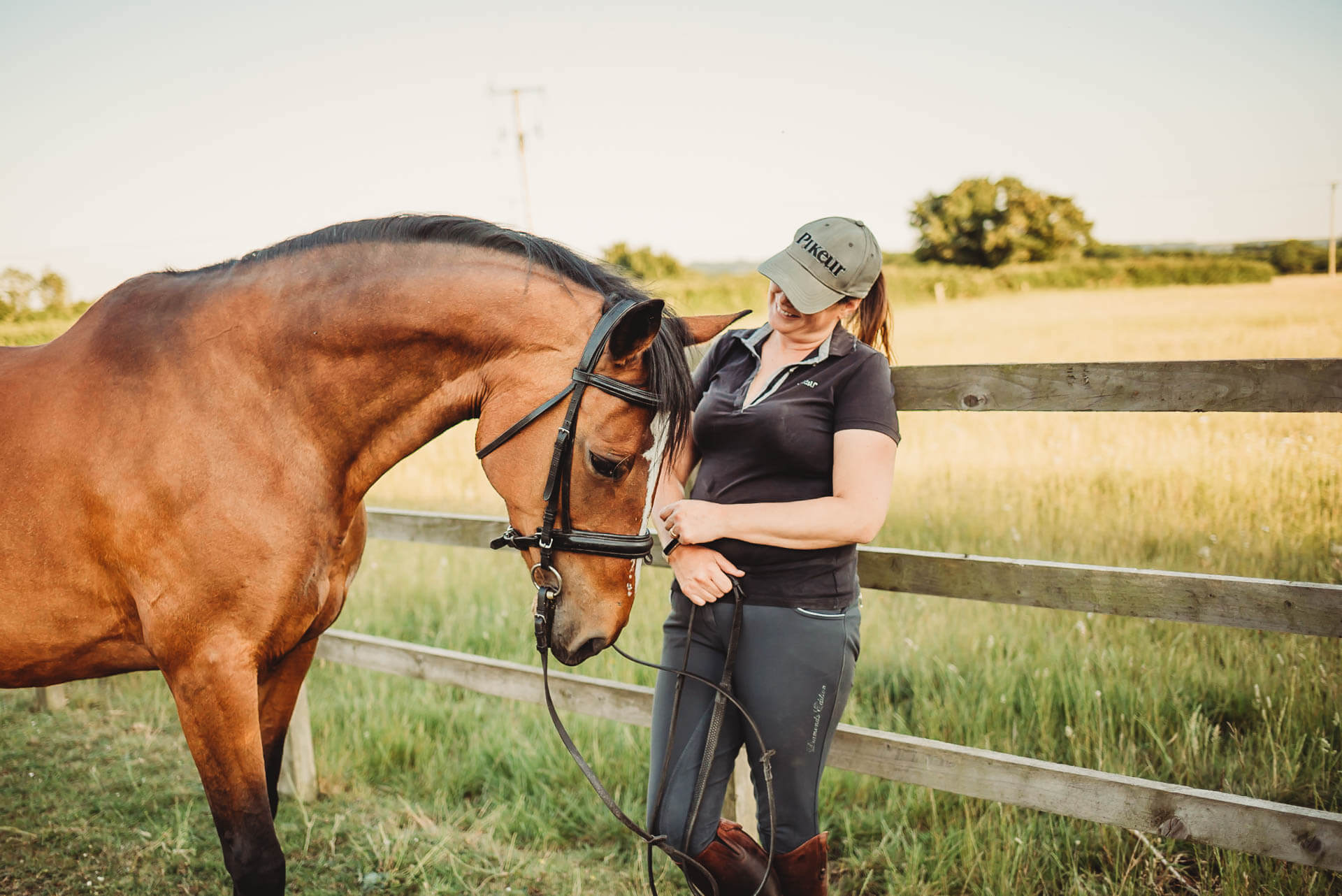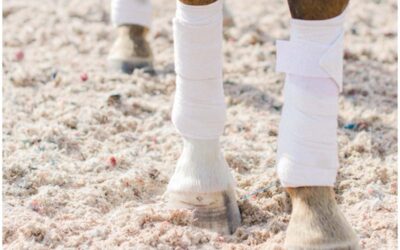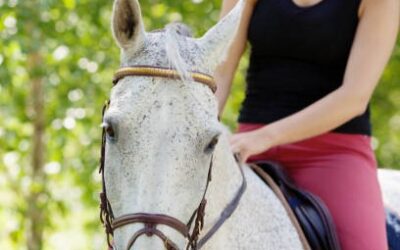In the past my teaching style has been described as being focused on riders’ positions or a rider focused coaching, one time I was described as a ‘positioney instructor’ which I rather liked! This assessment of my teaching style is understandable, given that I spent time training and practicing as both a human and an equine Bowen therapist and have also been lucky enough to spend time training with the brilliant Mary Wanless, it’s not surprising that over time I’ve developed a key interest and understanding of the importance of correct rider biomechanics. However, what I find more worthy for discussion is the suggestion that coaches can be divided into two categories’ those who work on the horse and those who focus on the rider.
In my experience not only are these two teaching styles not mutually exclusive but in fact for a coach to be effective there must be focus on both. Often, I have often heard Charles de Kunffy refer to the two tools in the riders’ tool kit; school exercises and the rider’s aiding system. Ultimately a horse is not going to improve its suppleness and balance trotting around the outside of the arena! School exercises are a vital part of helping a horse improve its way of going. However, a school exercise is only as good as its execution. I remember a few years back chatting with the partner of a friend of mine who at the time was a gym manager at a hotel gym, he was describing his frustration of people lifting weights with poor technique and how if people don’t adopt good technique, they can end up building muscle in the wrong way “wow I said that’s exactly the same as training horses!”. Let’s take for example one of the most popular of suppling exercises; the spiral. This exercise which involves decreasing and increasing a circle, when ridden well, is a fantastic exercise for promoting suppleness and straightness. However, ridden poorly it can have the effect of creating an over bent neck and a loss of fluency in the horse’s movement.
In my experience not only are these two teaching styles not mutually exclusive but in fact for a coach to be effective there must be focus on both
As much as correctness of the aiding system is essential for the correct execution of school exercises, correct rider biomechanics is essential for a effective aiding system. First let’s consider the role operant conditioning plays in training horses. Operant conditioning is a type of associative learning process that encourages a particular behaviour through the use of punishment and reward. The most famous example of this is the work of BF Skinner and what has become known as the ‘Skinner box’. This way where animals such as rats or pigeons were placed in a box and given a reward such as a food pellets for pressing or pecking a lever, encouraging the animal to repeat the behaviour. We might not be aware of it but it’s a form of operant conditioning we adopt when training horses. Take for example teaching the horse the lateral leg aid; we apply pressure (the stimulus) the horse then moves away from that pressure (the behaviour) the pressure is then removed (the reward). Sounds simple doesn’t it! And if we were all perfectly organised riders riding perfectly organised horses it might well be. However, the reality is the majority of us, after a life time of repetitive patterns of movement and bad habits are not perfectly organised and these issues do not simply disappear once we sit on the saddle, on the contrary they can be enhanced by the forces put on our balance and alignment by the horse’s movement.
These issues do not simply disappear once we sit on the saddle
This loss of correct alignment can lead to an unintentional creation or release of pressure, which can lead to the horse responding in a way that does not fit with the riders desired outcome but is rather a response to the riders loss of alignment. The horse can not or should it be expected to decipher between a riders’ intentional or unintentional aids, it is the riders responsibility to work towards improved biomechanics that lead to control and clarity in their aids . Let me put this another way, a rider comes to me exasperated at their horses constant desire to fall on its right shoulder. However, as the horse falls to the right this causes the rider to collapse her left hip causing her spine to form a ‘c’ curve. This loss of alignment means that her left hand draws back and her left heel draws up, at the same time the right side of her body becomes soggy and unable to support her horse’s straightness. Ultimately if she wanted to give the aids to make her horse fall on its right shoulder, she’d be doing a pretty good job! So now the dilemma! Do we give the rider a list of straightening exercises for her horse in the hope that if the horse can improve its straightness the rider might be able to sit straight or do we work to improve the riders straightness in the hope that by become a more organised ‘frame’ around her horse, she will be able to provide her horse with consistent and immediate feedback that will help guide it to build an improved way of going.
In my opinion the responsibility always lies with the rider. To quote Charles de Knuffy “the horse did not volunteer for this role” it is our responsibility to organise ourselves so that in turn we can begin positively organise our horse. And its for this reason I do not apologise for being known as a ‘Positioney instructor’ in fact I rather embrace it!






A fabulous clear explanation of the interconnectedness of horse and rider, and of course, the saddle which also plays a massive part. Expecting our horses to go better with “more leg” or “more rein”, or whatever the trainer, focusing only on the horse, demands, is not oy unfair but detrimental to long term health and soundess, of both horse AND rider. It’s not easy to step up, but step up we must